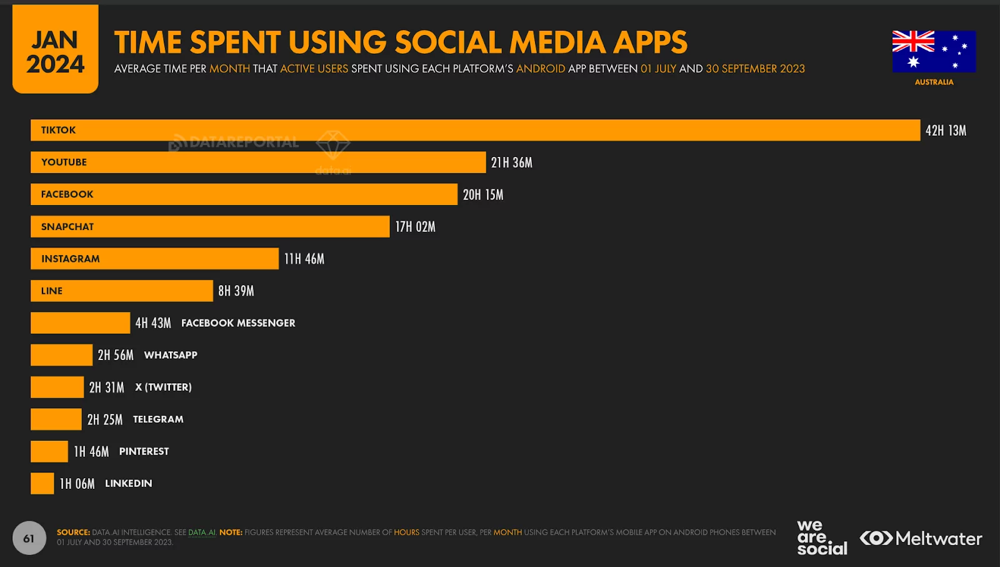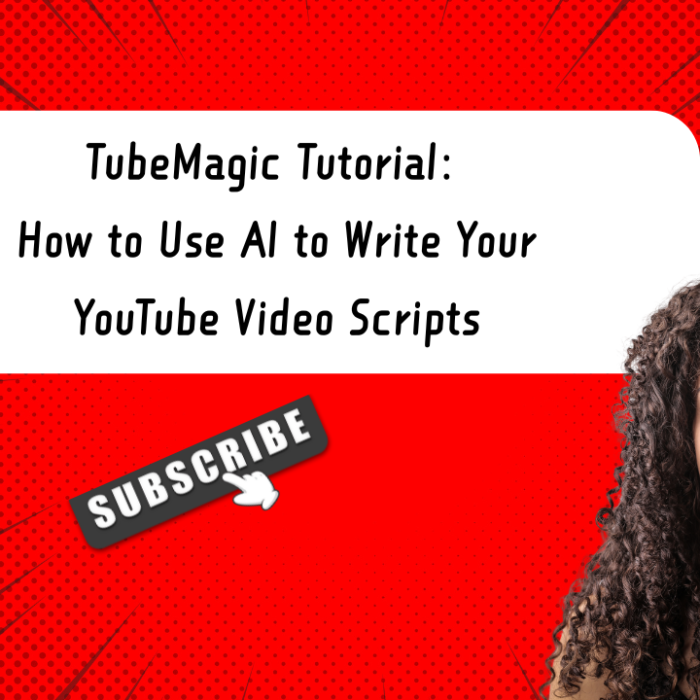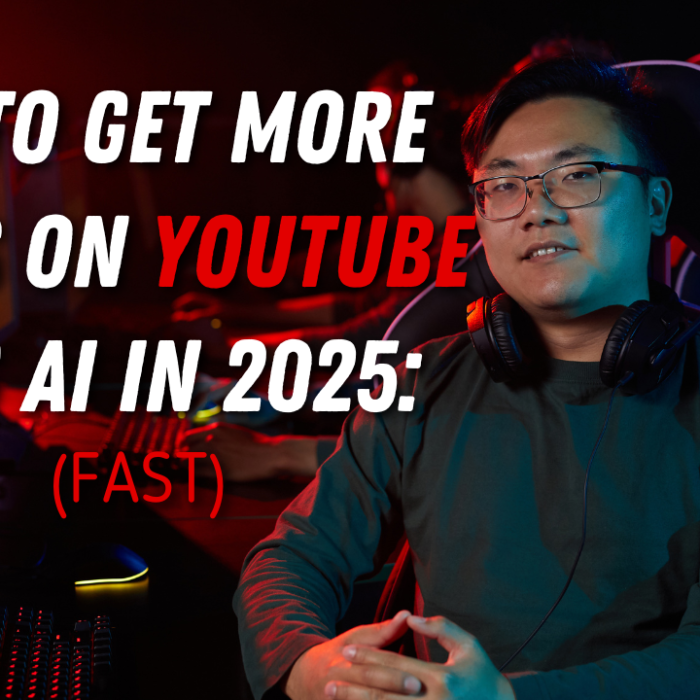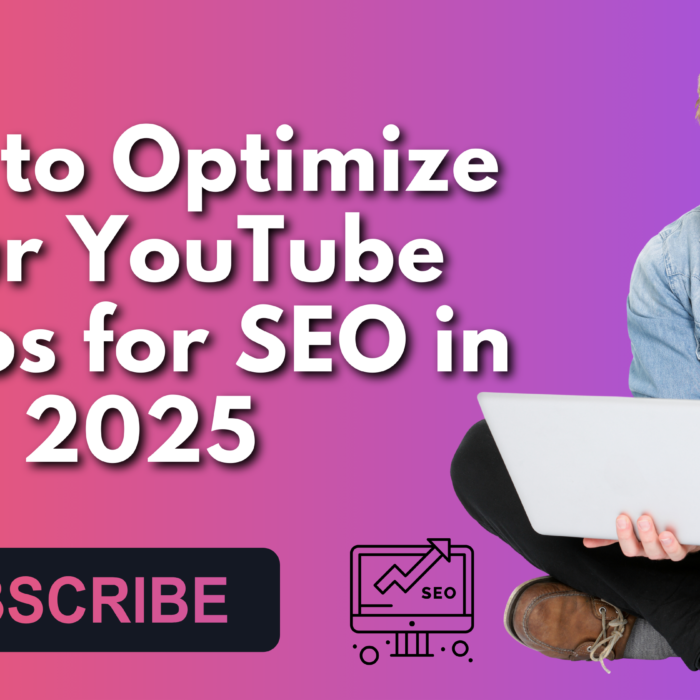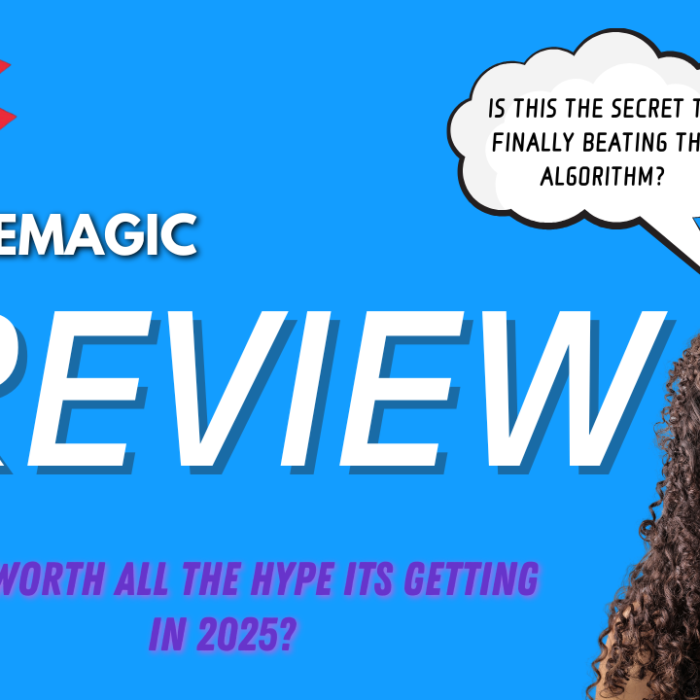
TubeMagic reviews 2025: Pros, Cons & Top Features Explained
TubeMagic reviews 2025: Pros, Cons & Top Features Explained TubeMagic reviews 2025: Pros, Cons & Top Features Explained TubeMagic Reviews 2025: Pros, Cons & Top Features Explained TubeMagic reviews...

